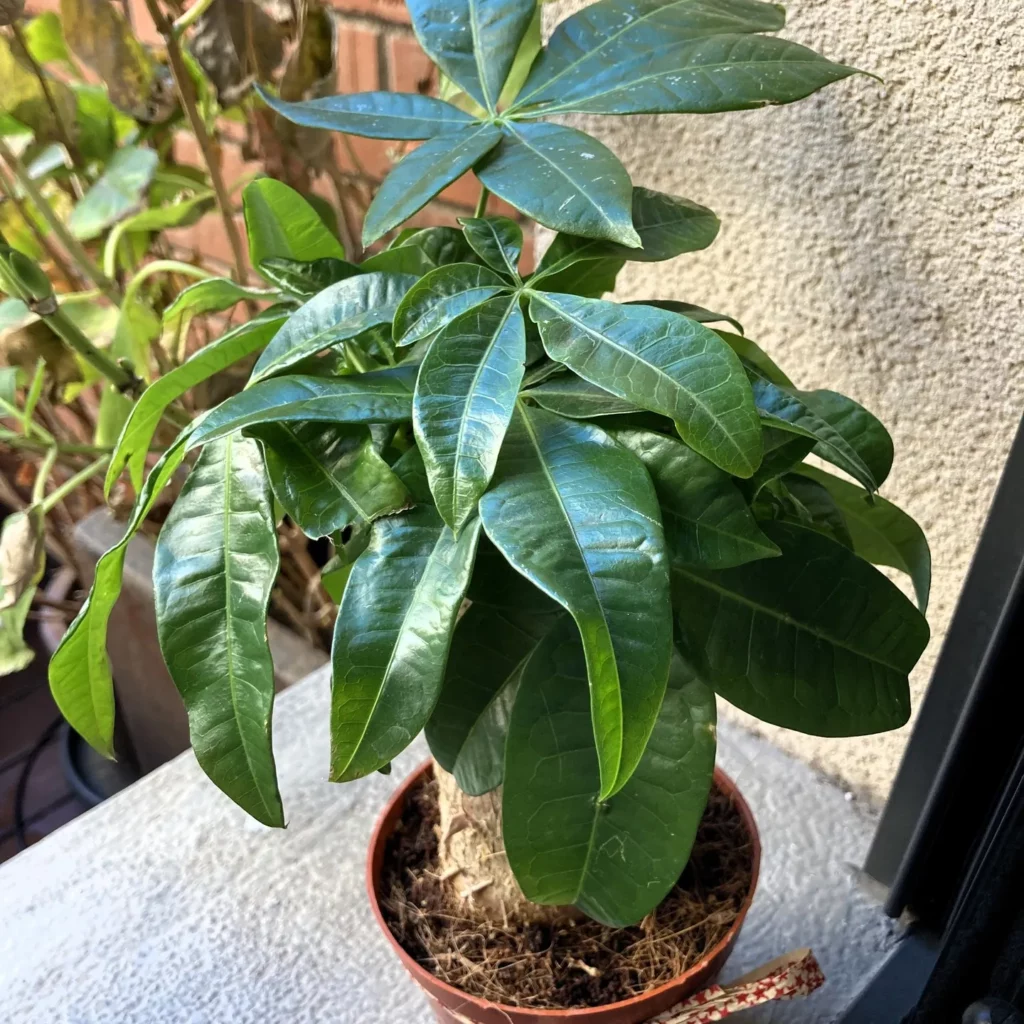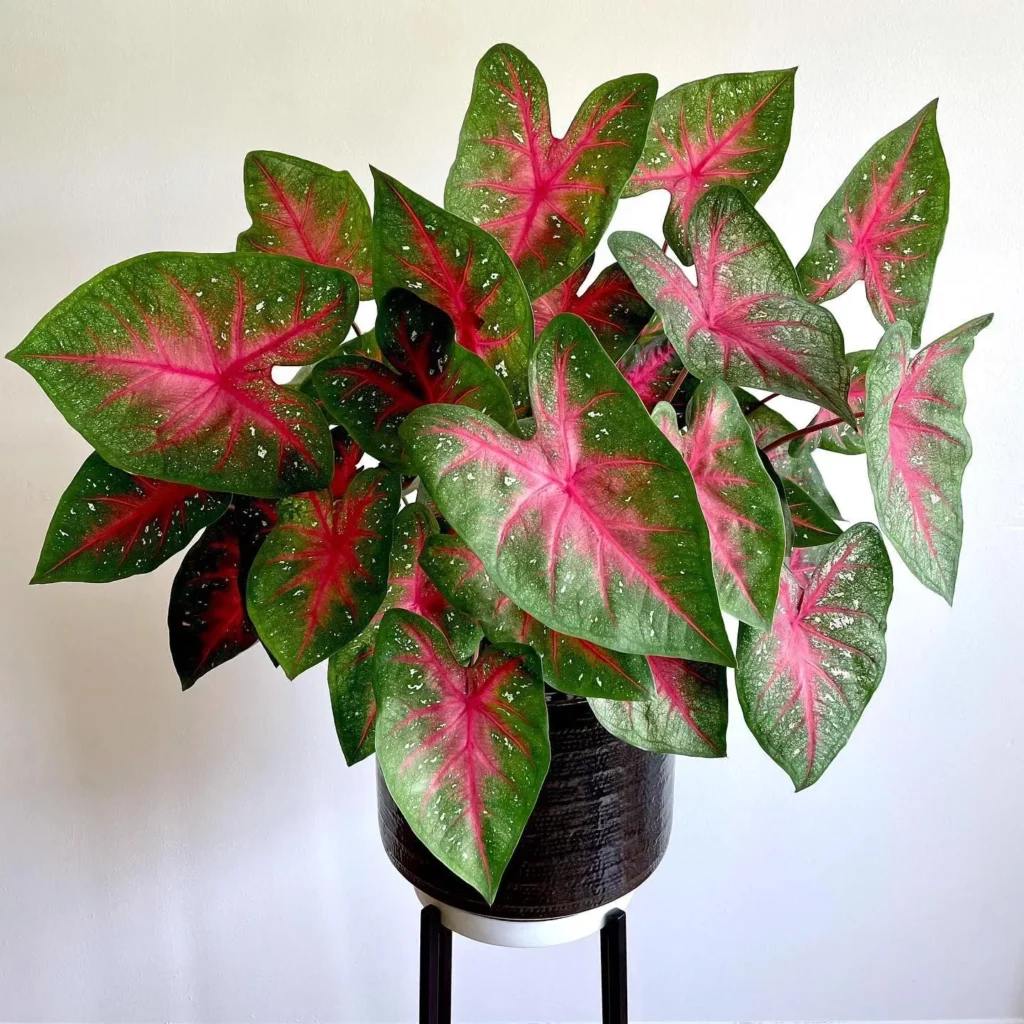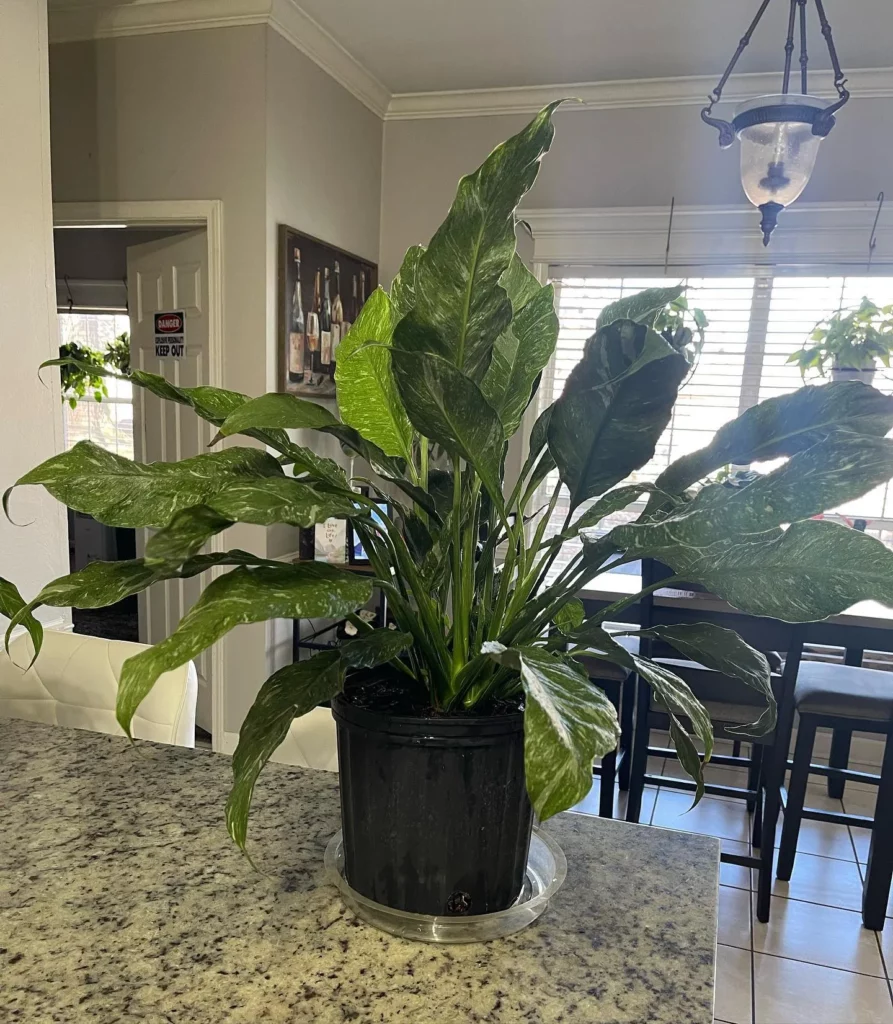Welcome to the world of African Violets! These beautiful houseplants, known for their delicate and vibrant blooms, can bring a touch of elegance to any space. Whether you’re a seasoned enthusiast or just starting out, this article is packed with essential tips to help your African Violets thrive and achieve healthy growth, resulting in an abundance of vibrant blooms.
From choosing the right potting mix to providing optimal lighting conditions, maintaining proper watering techniques to fertilizing for healthy growth, we’ve got you covered. We’ll also explore humidity and temperature considerations, propagation techniques, pest control, pruning and grooming, handling dormancy and rest periods, and troubleshooting common problems.
So, if you’re ready to unlock the secrets to success with your African Violets, let’s dive in and discover the tips and techniques that will ensure your plants stay healthy, happy, and blooming with beauty!
Choosing the Right Potting Mix
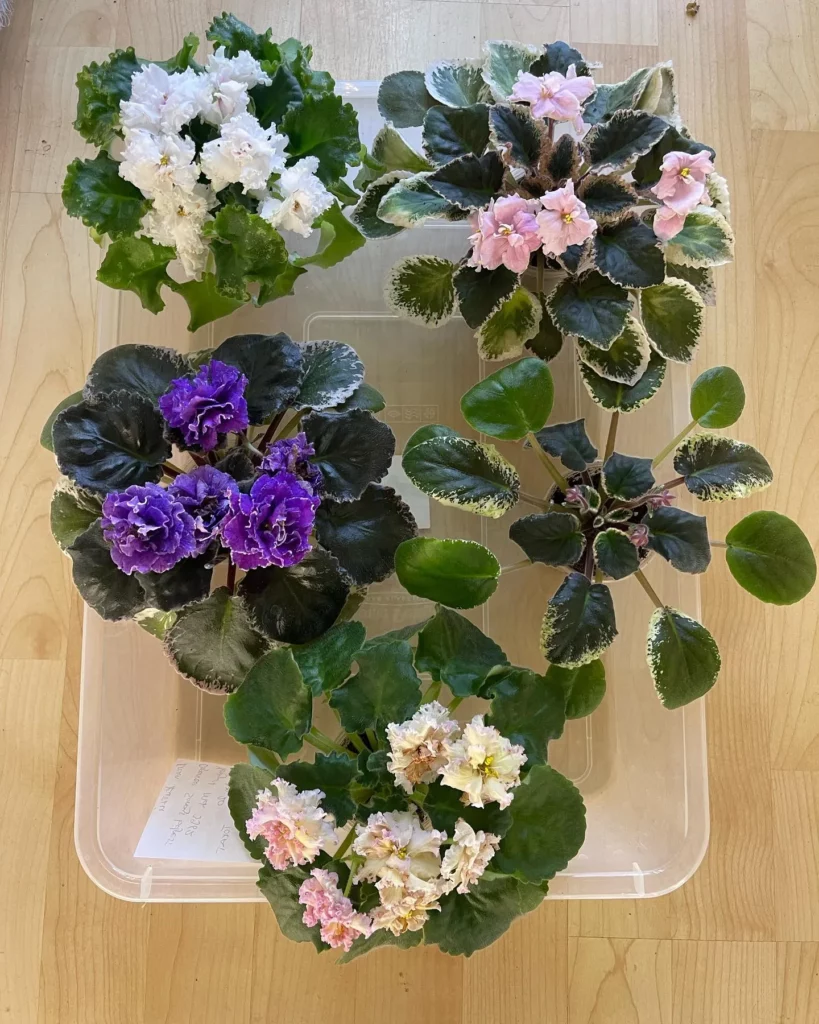
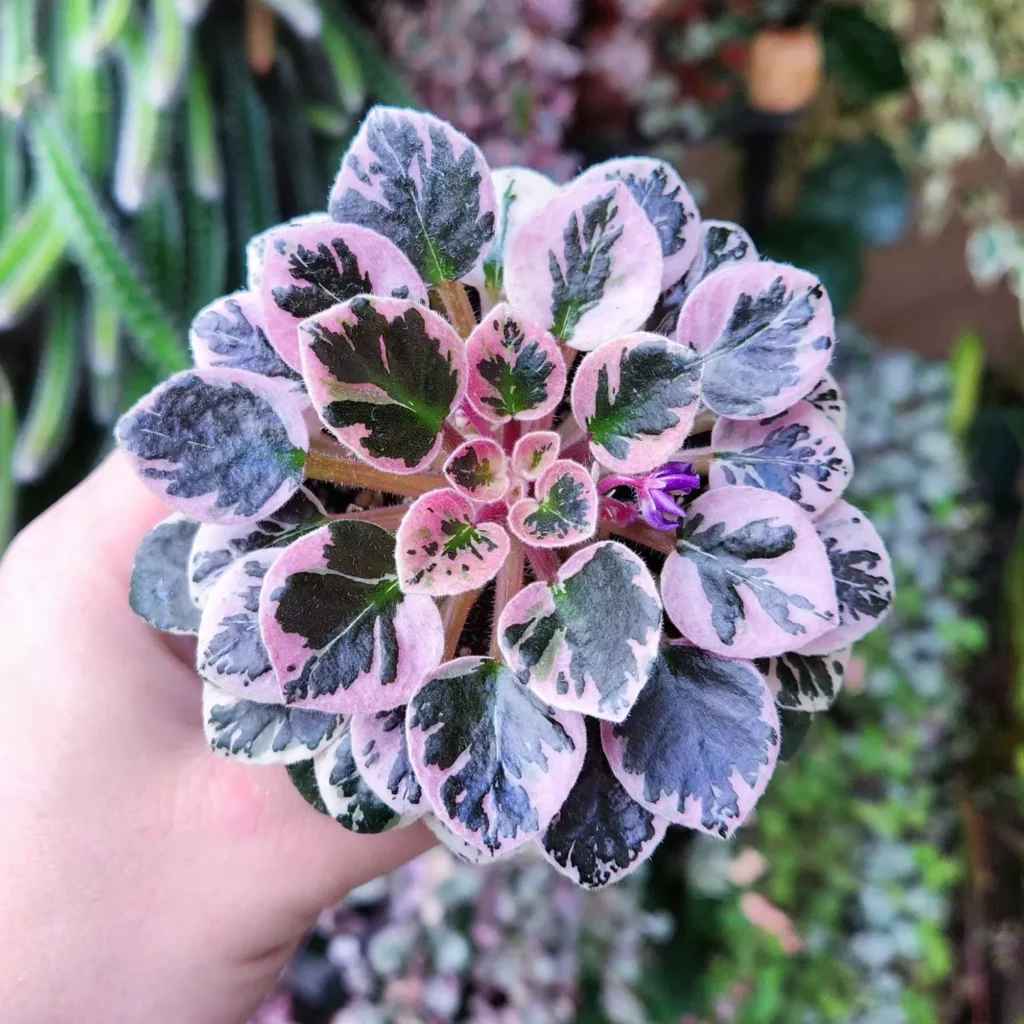
When it comes to caring for your African Violet, selecting the right potting mix is essential for its overall health and vitality. A well-draining mix that provides adequate moisture retention is key to supporting your plant’s growth.
Let’s explore the ideal components that make up a perfect African Violet potting mix.
The Importance of a Well-Draining Mix
African Violets require a well-draining potting mix to prevent waterlogged roots and potential root rot. A mix that allows excess water to drain away quickly while retaining sufficient moisture is critical for the plant’s overall well-being.
Ideal Components for African Violet Potting Mix
To create a well-draining potting mix for your African Violet, consider incorporating the following components:
- Peat Moss: A key ingredient that enhances moisture retention and provides essential nutrients to promote healthy growth.
- Perlite: This lightweight volcanic glass improves drainage and aeration within the potting mix, preventing waterlogging and enhancing root development.
- Vermiculite: A natural mineral that aids in moisture retention and provides airspace for healthy root growth.
Providing Optimal Lighting Conditions
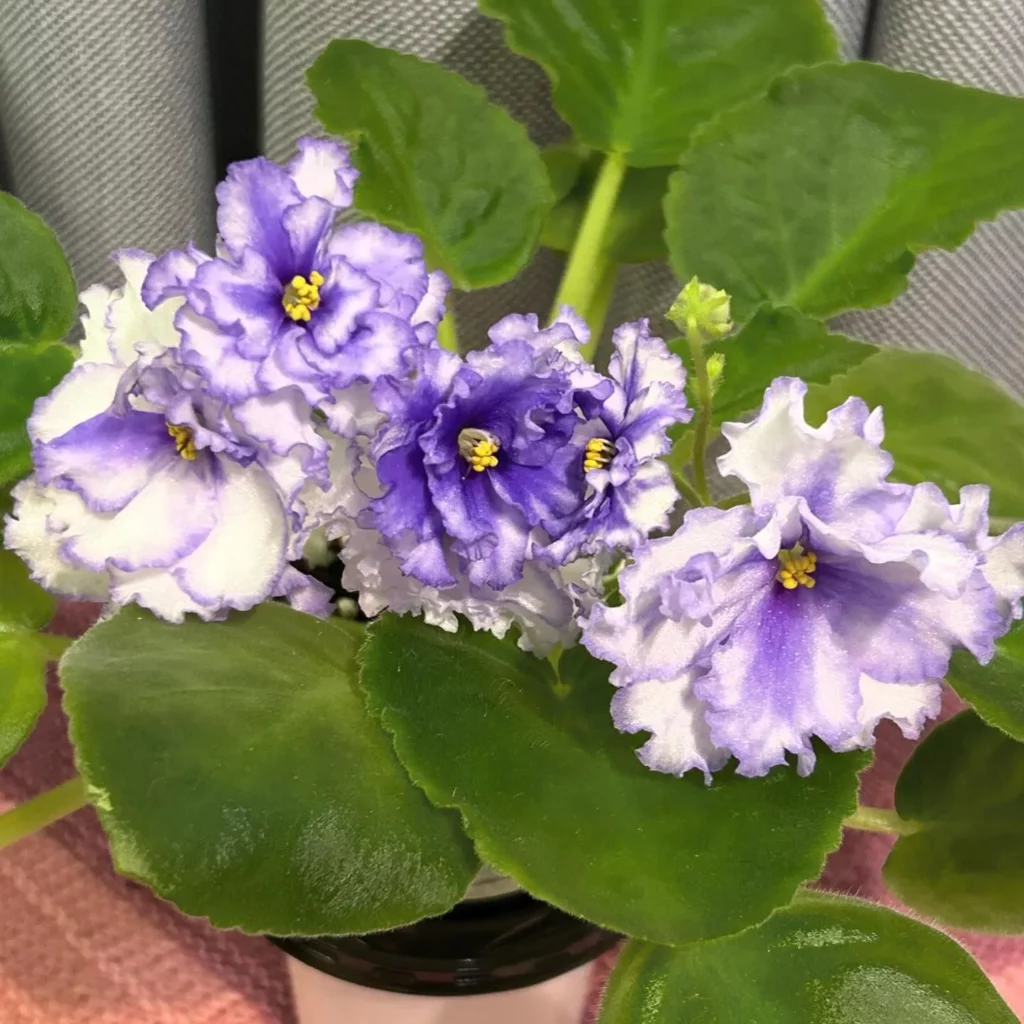
Proper lighting is essential for the healthy growth and vibrant blooms of African Violets. Understanding their light requirements and providing the right conditions is key to their overall well-being.
African Violets thrive in indirect light, which mimics their natural habitat in the understory of tropical forests. Direct sunlight can be too harsh and lead to leafburn, so it’s important to avoid placing them in direct sunlight.
One effective way to provide optimal lighting conditions for African Violets is through the use of fluorescent lights. These lights emit the right spectrum of light that promotes their growth and blooming. Position the lights 6 to 12 inches above the foliage, ensuring they are on for approximately 12 to 14 hours a day.
| Light Requirement | Duration |
|---|---|
| Indirect light | 12 to 14 hours a day |
| Avoid direct sunlight | N/A |
Maintaining Proper Watering Techniques
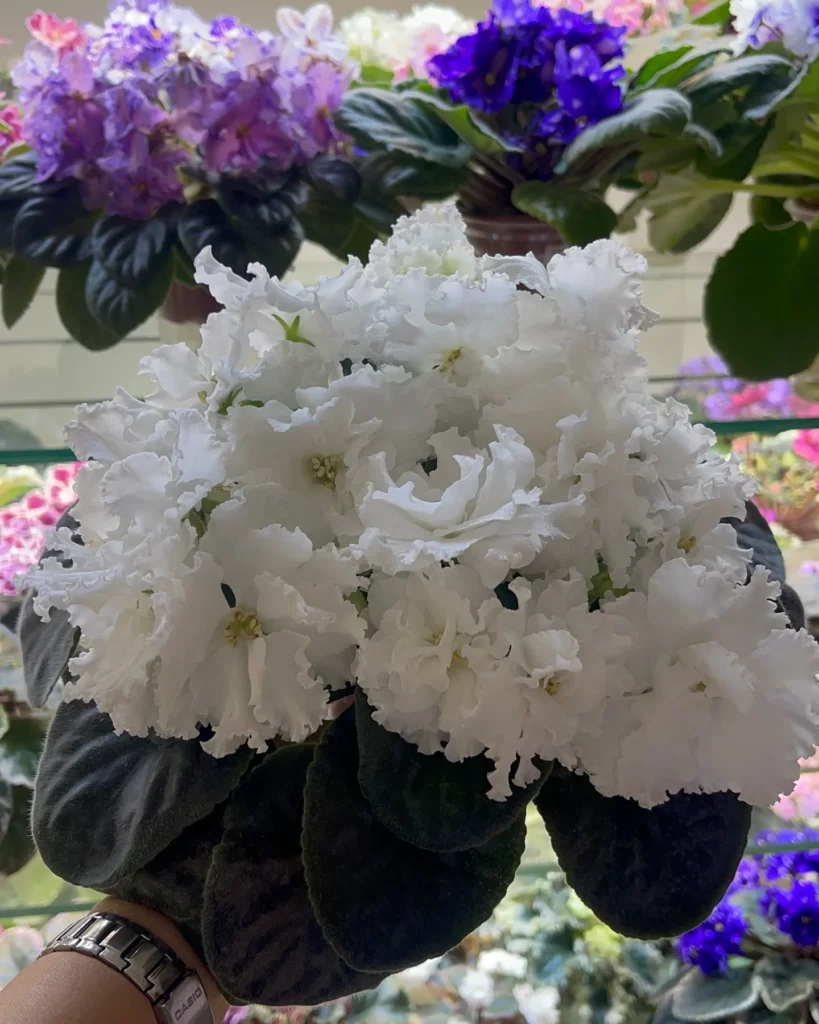
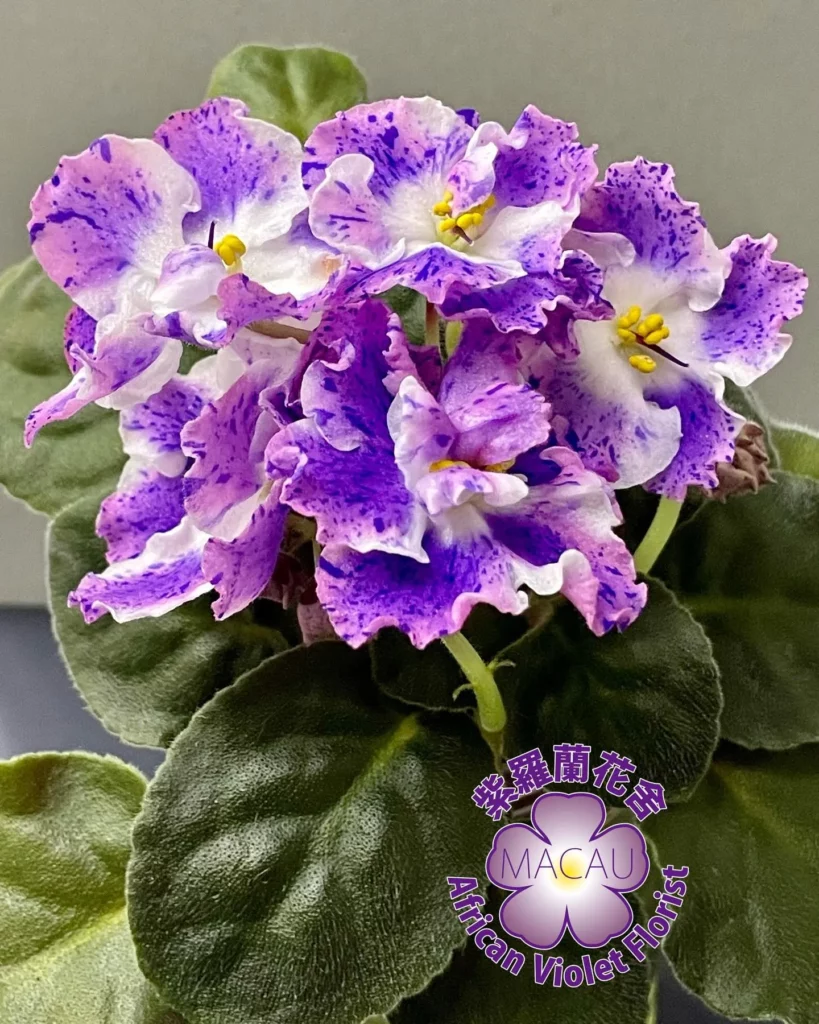
Proper watering techniques are crucial for the health and vitality of your African Violets. By understanding the right way to water your plants, you can ensure their longevity and prevent diseases. In this section, we will explore the benefits of bottom watering, using room temperature water, and avoiding wet foliage.
Bottom Watering: Enhancing Plant Health
One effective method for watering African Violets is bottom watering. Instead of pouring water directly onto the soil surface, this technique involves placing the pot in a tray of water and allowing the plant to soak up moisture through the drainage holes.
Bottom watering offers several advantages:
- Water is absorbed directly at the root zone, ensuring efficient hydration.
- It reduces the risk of overwatering and helps prevent root rot.
- Minimizes the chance of splashing water onto the leaves, minimizing the risk of fungal diseases.
To bottom water your African Violets, simply fill a tray or saucer with room temperature water. Place the pot in the tray and let it sit for about 30 minutes or until the topsoil feels adequately moist. Remove the pot from the tray and allow any excess water to drain away.
Using Room Temperature Water
When watering your African Violets, it is crucial to use room temperature water. Cold water can shock the roots, while hot water can scorch the delicate foliage. Room temperature water, around 65 to 75°F (18 to 24°C), is ideal for maintaining the optimal health of your plants.
Avoiding Wet Foliage: Preventing Diseases
Wetting the foliage of African Violets can create a favorable environment for diseases, such as leaf spot or powdery mildew. To prevent these issues, it’s essential to avoid getting the leaves wet during the watering process.
When bottom watering, make sure only the bottom of the pot comes in contact with water, keeping the leaves dry. If using a traditional watering method, be cautious and aim the water directly at the base of the plant, avoiding splashing onto the foliage.
Additionally, it’s beneficial to water your African Violets in the morning. This allows the leaves ample time to dry throughout the day, reducing the risk of fungal growth.
Fertilizing for Healthy Growth

Proper fertilizing is vital for promoting healthy growth in African Violets. By providing the right nutrients in the correct amounts and frequency, you can ensure your plants thrive and produce beautiful blooms.
Here are some essential guidelines for fertilizing your African Violets:
- Choose a balanced fertilizer: Select a fertilizer specifically formulated for African Violets, ensuring it has a balanced ratio of essential nutrients. Look for a fertilizer with an NPK ratio of around 10-10-10 or 14-14-14.
- Dilute the fertilizer: African Violets are sensitive to strong concentrations of fertilizer. Always dilute the fertilizer according to the manufacturer’s instructions to prevent overfeeding and potential damage to the plant.
- Apply the fertilizer at the right frequency: Fertilize your African Violets every 2-4 weeks during the growing season (spring and summer). During the rest period (fall and winter), reduce the frequency to every 6-8 weeks. This ensures your plants receive a steady supply of nutrients without being overwhelmed.
Humidity and Temperature Considerations
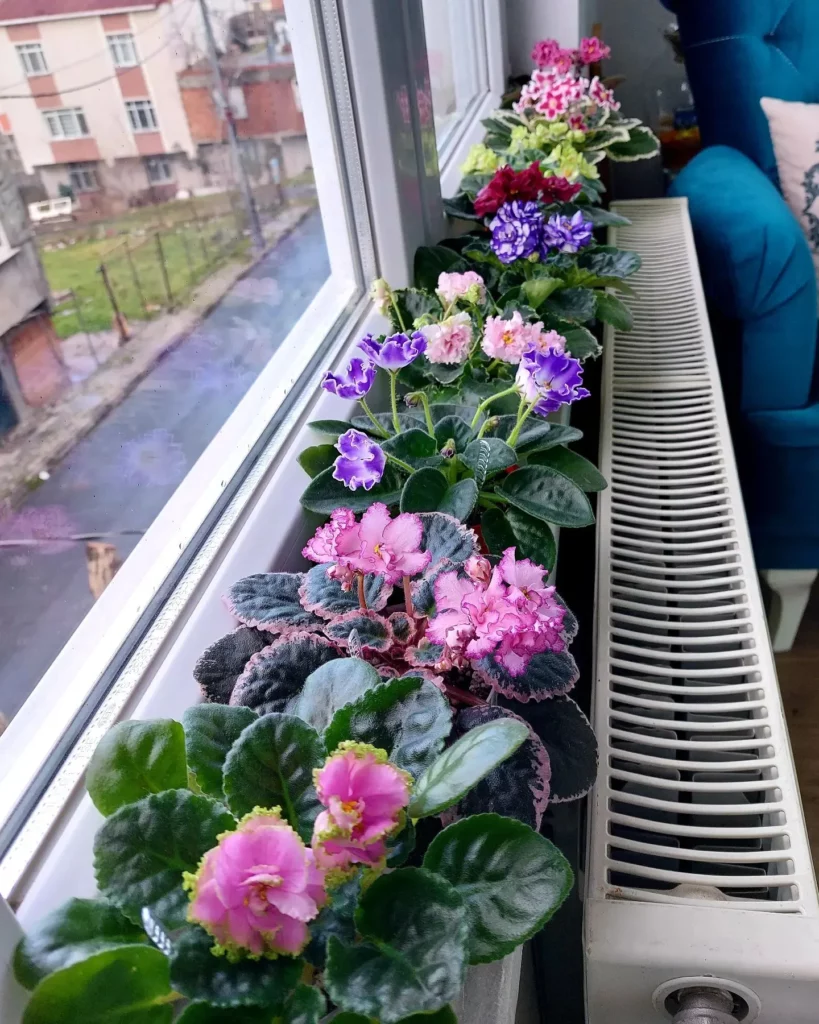

Creating the right humidity and temperature conditions is essential for the health and well-being of your African Violets. These delicate plants thrive in environments with moderate humidity and specific temperature ranges.
By understanding and implementing the optimal conditions, you can ensure your African Violets flourish and produce beautiful blooms.
Optimal Humidity Levels
African Violets prefer a moderate level of humidity to mimic their natural habitat. Aim for a humidity range of 40% to 60% to create the perfect balance for your plants. Adequate humidity helps prevent their leaves from drying out and promotes healthy growth.
To increase humidity around your African Violets, you can use humidity trays. These trays filled with water create a moist environment around the plants, providing the necessary humidity.
Simply place the plant pot on the tray, ensuring that the bottom of the pot isn’t touching the water. The evaporation from the tray will increase the humidity levels around the plant.
Optimal Temperature Range
African Violets thrive in a temperature range of 70°F to 80°F (21°C to 27°C). It’s important to avoid extreme temperature fluctuations and drafts, as they can stress the plants and hinder their growth.
Keep your African Violets in a location with consistent, mild temperatures. Avoid placing them near doors or windows that experience significant temperature variations. This will help maintain a stable environment for the plants.
Room Ventilation
Proper room ventilation is crucial to ensure fresh air circulation around your African Violets. Good airflow helps prevent the buildup of stagnant air and reduces the risk of diseases caused by excessive moisture.
Ensure that the room where your plants are located has adequate ventilation. You can open windows periodically to allow fresh air to circulate. Alternatively, you can use a fan to gently move the air around, avoiding direct drafts.
Propagation Techniques
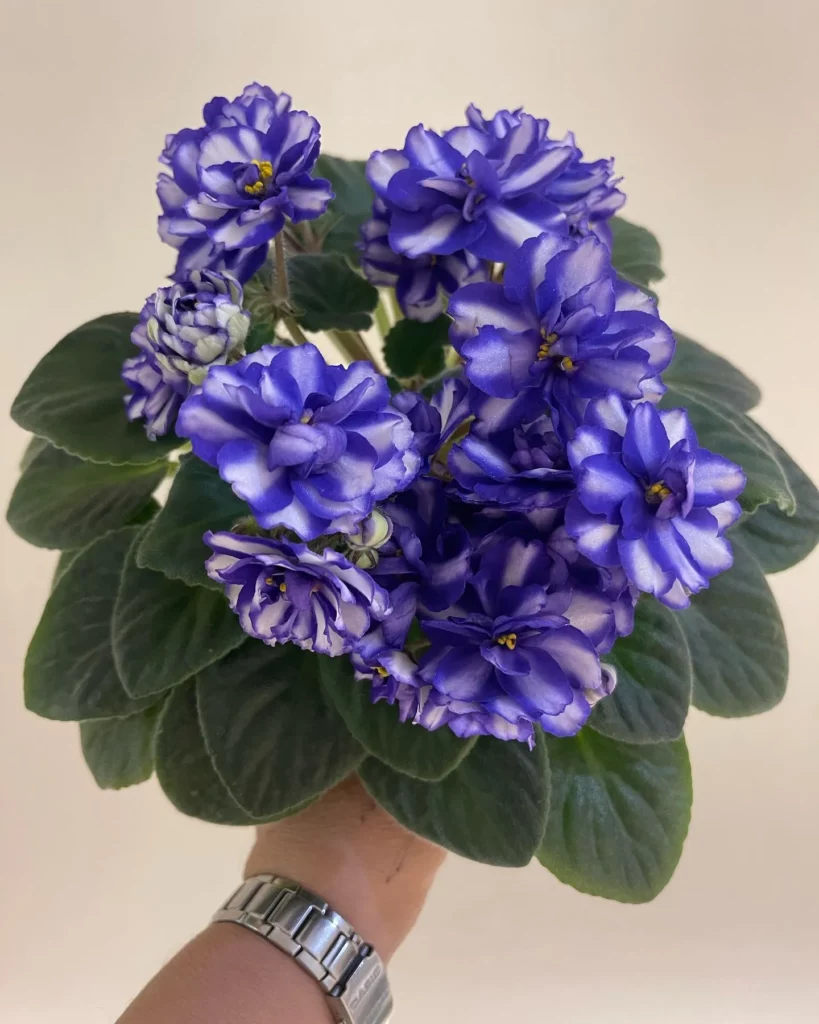
If you want to expand your African Violet collection or simply share the joy of these beautiful plants with friends and family, propagation is the way to go. The good news is that African Violets are relatively easy to propagate through leaf and stem cuttings.
Leaf Cuttings
Leaf cuttings are a popular method of African Violet propagation. Follow these simple steps to successfully propagate your African Violets using leaf cuttings:
- Select a healthy leaf from the parent plant.
- Make a clean cut of the leaf stem using a sharp, sterile knife or scissors.
- Prepare a well-draining potting mix using a combination of peat moss and perlite or vermiculite.
- Plant the leaf cutting in the potting mix, ensuring that the cut end is securely inserted in the soil, and the leaf is above the soil surface.
- Place the potted leaf cutting in a warm and bright location with indirect light.
- Keep the soil consistently moist, but not excessively wet, by bottom watering.
- After a few weeks, roots will start to form from the base of the leaf cutting, and new plantlets will emerge.
- Once the new plantlets have developed a few leaves, you can gently separate them from the leaf and transplant them into individual pots.
Stem Cuttings
Stem cuttings are another effective method of African Violet propagation. Here’s how you can propagate your African Violets using stem cuttings:
- Select a healthy stem with several leaves from the parent plant.
- Using a sharp, sterile knife or scissors, make a clean cut just below a leaf node.
- Remove the leaves from the lower half of the stem.
- Prepare a well-draining potting mix using a combination of peat moss and perlite or vermiculite.
- Plant the stem cutting in the potting mix, making sure that the leaf nodes are in contact with the soil.
- Place the potted stem cutting in a warm location with bright, indirect light.
- Keep the soil consistently moist, but not overly wet, by bottom watering.
- Within a few weeks, roots will start to develop from the leaf nodes, and new growth will appear.
- Once the new plantlet has established a strong root system, you can transfer it to its own pot.
| Propagation Method | Benefits |
|---|---|
| Leaf Cuttings | Allows you to propagate multiple plantlets from a single leaf, resulting in a larger number of new plants. |
| Stem Cuttings | Faster growth compared to leaf cuttings, as stem cuttings already have an established vascular system. |
Addressing Common Pest Problems

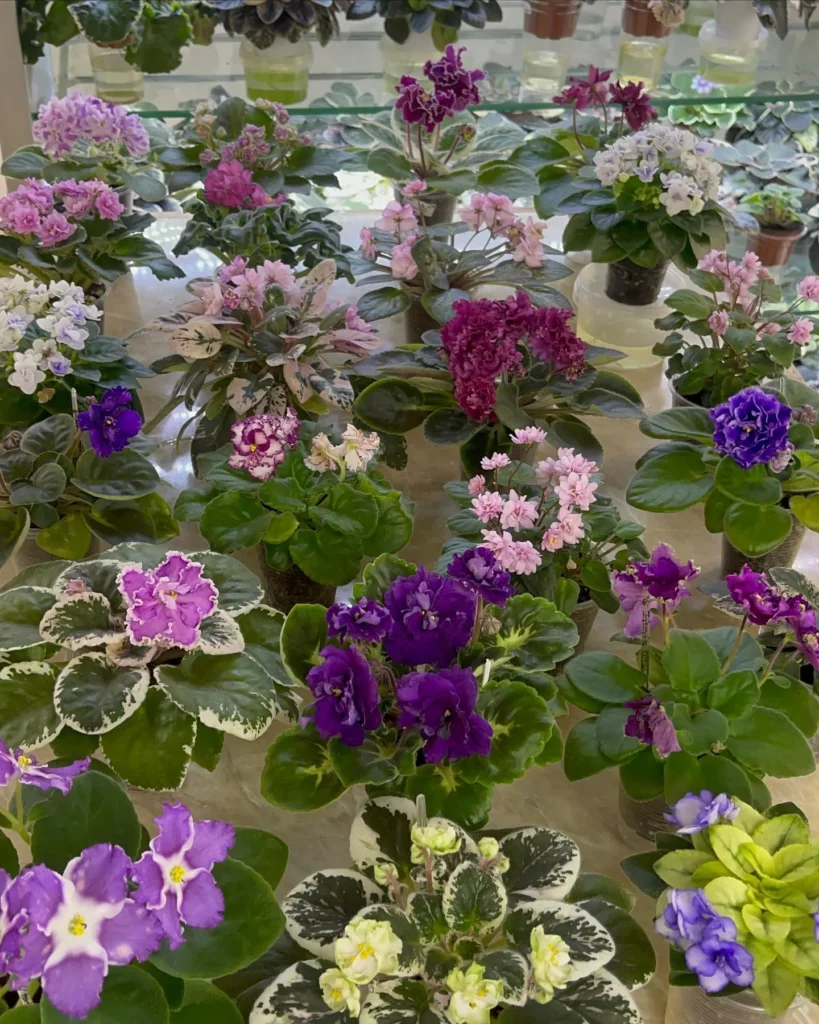
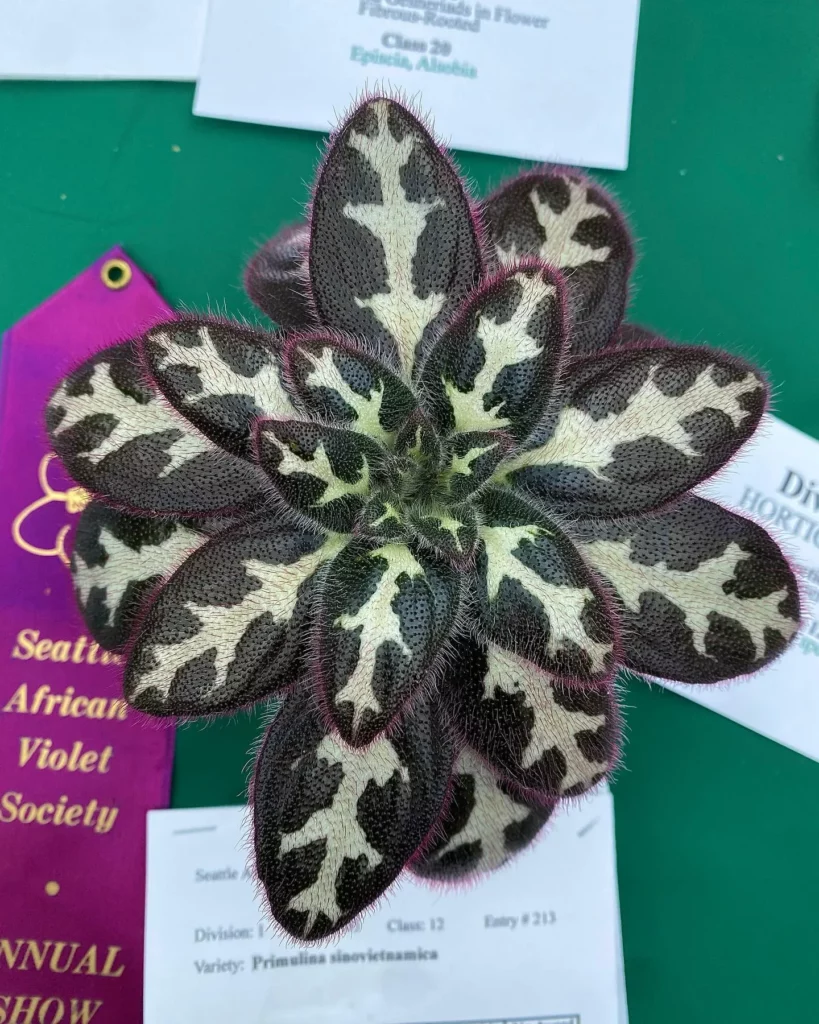
African Violets are susceptible to various pests that can hinder their growth and vitality. Identifying and addressing these common pest issues promptly is essential to maintain the health of your plants.
By implementing preventive measures and utilizing organic remedies, you can effectively keep your African Violets pest-free and thriving.
Common African Violet Pests
There are several common pests that can infest African Violets. These include:
- Aphids
- Mealybugs
- Spider Mites
- Thrips
- Whiteflies
These pests can damage the leaves, stems, and flowers of your African Violets, leading to stunted growth and reduced blooming.
Preventive Measures
To prevent pest infestations, follow these preventive measures:
- Regularly inspect your African Violets for any signs of pests.
- Isolate any new plants before introducing them to your existing collection to prevent the spread of pests.
- Maintain good hygiene by cleaning your gardening tools and containers to avoid introducing pests.
- Ensure proper air circulation around your plants to discourage pest infestations.
Organic Remedies
If you notice signs of pests on your African Violets, try using these organic remedies:
| Pest | Organic Remedy |
|---|---|
| Aphids | Apply a neem oil solution to suffocate and repel aphids. |
| Mealybugs | Dip a cotton swab in rubbing alcohol and gently wipe away the mealybugs. |
| Spider Mites | Use a mixture of water and liquid soap to wash spider mites off the leaves. |
| Thrips | Introduce predatory insects like lacewings or ladybugs that feed on thrips. |
| Whiteflies | Create yellow sticky traps to catch and control whiteflies. |
Pruning and Grooming Techniques

Pruning and grooming are essential practices for maintaining the shape and promoting healthy growth of your African Violets. Regular pruning not only helps your plants maintain a compact and bushy appearance but also encourages new growth and blooming.
To keep your African Violets looking their best, here are some pruning and grooming techniques you should know:
1. Removing Spent Blooms
To encourage continuous blooming, it’s important to remove spent blooms from your African Violets. This not only improves the plant’s appearance but also directs energy towards producing new blooms.
Use your fingers or small, sharp scissors to gently pinch or cut off wilted flowers at the base, where they meet the stem.
2. Addressing Leggy Growth
Leggy growth is when the stem of an African Violet becomes long and spindly, often with sparse leaves. To address leggy growth, carefully trim back the stem to a desirable length, leaving a few leaves intact.
This will help promote branching and stimulate new growth, resulting in a fuller and more compact plant.
3. Pruning for Shape and Size
Pruning can also be done to shape and control the size of your African Violets. If your plant is becoming too large or uneven, you can selectively remove outer leaves or trim back stems to achieve a more balanced appearance.
Take care not to remove too many leaves at once, as this can stress the plant.
Handling Dormancy and Rest Periods
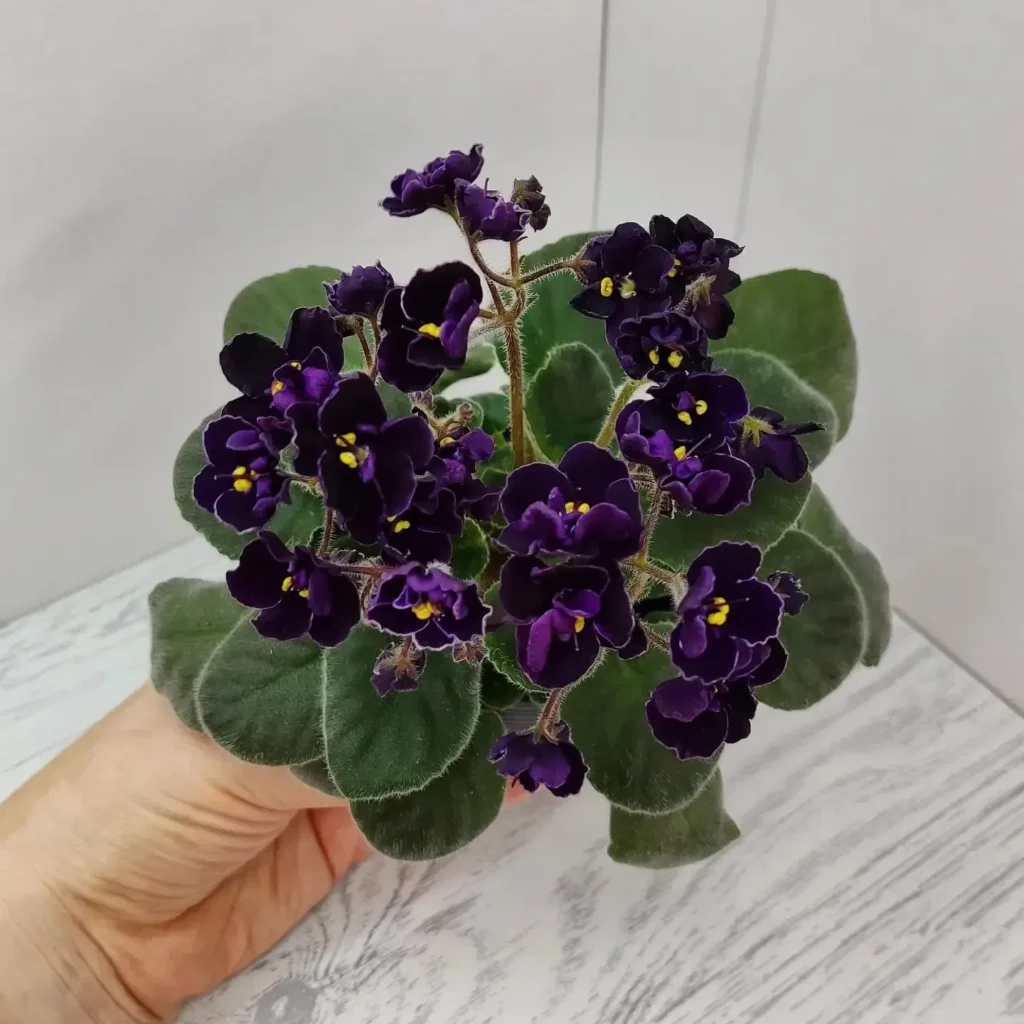
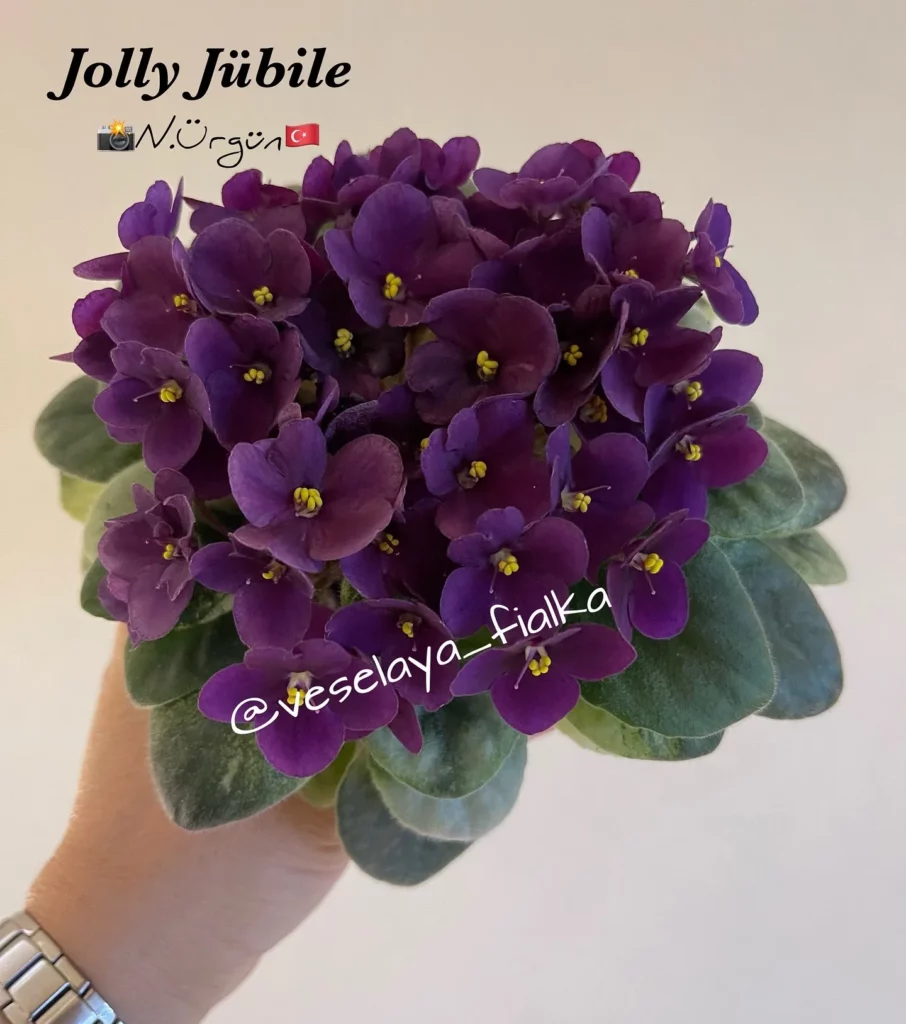
African Violets, like many plants, go through natural dormancy and rest periods. These periods are essential for the plant to rejuvenate and prepare for future growth.
Understanding how to handle dormancy and make the necessary adjustments to watering and lighting is crucial for the health and vitality of your African Violet.
Understanding African Violet Dormancy
Dormancy is a period when African Violets slow down their growth and conserve energy. It is a natural process that occurs in response to changes in light and temperature. During dormancy, the plant may experience reduced flowering and appear less vibrant.
Typically, African Violets enter dormancy during the winter months when daylight hours are shorter, and temperatures are lower. However, individual plants may have slightly different dormancy periods, so it’s important to pay attention to the specific needs of your African Violet.
Adjusting Watering During Dormancy
During dormancy, it is crucial to reduce watering to prevent overhydration and root rot. The reduced activity of the plant means it requires less water. Overwatering during dormancy can lead to soggy soil and damage the roots.
Instead of regularly watering from the top, consider practicing bottom watering. This method allows the plant to take up water as needed, preventing excess moisture around the roots. When bottom watering, ensure the water temperature is room temperature to avoid shocking the plant.
Monitor the moisture level of the soil by gently inserting your finger into the top inch. If the soil feels dry, it’s time to water. If it still feels slightly moist, postpone watering for a few more days. Remember, it’s better to underwater than to overwater during dormancy.
Adjusting Lighting During Dormancy
Just as African Violets require specific lighting conditions for optimal growth, they also need adjustments during the dormancy period. Decrease the amount and intensity of light exposure to simulate the natural decrease in sunlight during winter.
Move your African Violet to a slightly darker location, away from direct sunlight. Indirect light or supplemental fluorescent lighting is ideal for this period.
Monitor the color of the leaves; if they appear light green and stretched, it indicates insufficient light. Similarly, if they appear dark green and saturated, it may indicate too much light.
Troubleshooting Common Problems
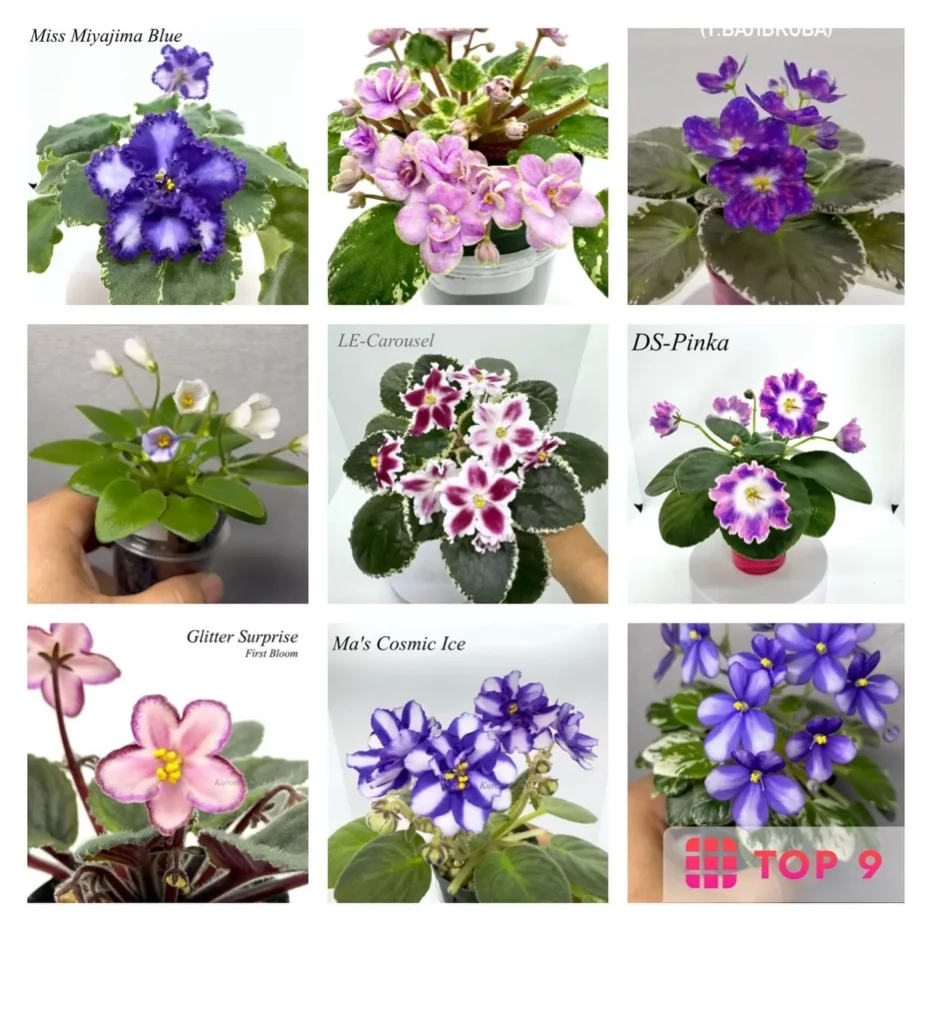
African Violets are beautiful and delicate plants, but they can sometimes face certain issues that affect their overall health and appearance. By understanding and addressing these common problems promptly, you can ensure that your African Violets continue to thrive and flourish.
Yellow Leaves:
If you notice your African Violet’s leaves turning yellow, it could be a sign of overwatering, nutrient deficiencies, or improper lighting. To address this issue, adjust your watering schedule, ensuring that the soil is neither too dry nor waterlogged.
Consider providing your plant with a balanced fertilizer to correct any nutrient deficiencies. Lastly, ensure that your African Violet receives adequate but indirect light to promote healthy foliage growth.
Root Rot and Crown Rot:
Root rot and crown rot are potential risks for African Violets, especially when they are overwatered or have inadequate drainage. If you notice your plant’s roots or crown turning mushy or brownish, it may be a sign of rot.
To prevent further damage, carefully remove the affected plant from the pot, trim away the damaged areas, and repot in fresh, well-draining soil. Ensure that you adjust your watering practices to avoid overwatering in the future.
Nutrient Deficiencies:
Nutrient deficiencies can manifest as stunted growth, pale leaves, or poor blooming. To address this issue, consider using a balanced fertilizer formulated specifically for African Violets.
Dilute the fertilizer according to the manufacturer’s instructions and apply it regularly to provide your plant with the necessary nutrients for healthy growth. Additionally, ensure that your African Violet is planted in a well-draining potting mix and receives appropriate lighting and watering.
FAQ
Q: What are some tips for caring for African Violets?
A: To ensure your African Violets thrive and produce vibrant blooms, follow these tips:
– Choose the right potting mix that is well-draining and contains peat moss, perlite, and vermiculite.
– Provide optimal lighting conditions by placing them in indirect light or using fluorescent lights.
– Water them correctly, preferably through bottom watering with room temperature water.
– Fertilize them with a balanced fertilizer, diluted according to the instructions, and apply it regularly.
– Maintain the ideal humidity and temperature levels by using humidity trays and ensuring proper room ventilation.
– Propagate them through leaf or stem cuttings, using rooting hormone for better success.
– Address common pest problems and keep the plants groomed and pruned.
Q: What is the best potting mix for African Violets?
A: The ideal potting mix for African Violets should be well-draining and consist of a combination of peat moss, perlite, and vermiculite. This mix allows for proper water drainage while retaining enough moisture for the plants’ roots.
Q: How should I provide lighting for my African Violets?
A: African Violets require indirect light for optimal growth. Place them in locations where they can receive bright, indirect light or use fluorescent lights if natural light is limited. Avoid exposing the plants to direct sunlight, as it can cause leaf damage.
Q: What is the correct way to water African Violets?
A: It is recommended to water African Violets from the bottom to prevent wetting the foliage and potential diseases. Use room temperature water and pour it into a tray beneath the pot. Allow the plant to absorb the water through the drainage holes. Empty any excess water after 30 minutes.
Q: How often should I fertilize my African Violets?
A: Fertilize your African Violets every four to six weeks using a balanced fertilizer. Dilute the fertilizer according to the instructions and apply it directly to the soil. Avoid applying fertilizer to the foliage to prevent burning.
Q: How can I increase humidity for my African Violets?
A: To increase humidity, you can place your African Violets on humidity trays or pebble trays filled with water. As the water evaporates, it creates a humid environment around the plants. Additionally, ensure proper room ventilation to avoid excessive humidity levels.
Q: How can I propagate African Violets?
A: African Violets can be propagated through leaf or stem cuttings. For leaf cuttings, select a healthy leaf and place the stem end in water or a moist rooting medium until roots develop. For stem cuttings, take a portion of a healthy stem, dip it in rooting hormone, and place it in a potting mix until it roots.
Q: What are some common pests that affect African Violets?
A: Common pests that can affect African Violets include aphids, spider mites, and fungus gnats. These pests can be controlled by implementing preventive measures such as regular cleaning, inspecting new plants, and using organic solutions like neem oil or insecticidal soap.
Q: How should I prune and groom my African Violets?
A: Regular pruning and grooming are essential for maintaining the shape and promoting healthy growth of African Violets. Remove spent blooms by gently twisting or cutting them near the base. Trim any leggy growth to encourage bushier foliage. Keep the plant clean by removing any dead or yellow leaves.
Q: Do African Violets go through dormancy periods?
A: Yes, African Violets have natural dormancy and rest periods, usually during the winter months. During this time, reduce watering and decrease light exposure to mimic their natural environment. Resume regular care and watering once new growth appears.
Q: How can I solve common problems with African Violets?
A: Common problems with African Violets, such as yellowing leaves, root rot, crown rot, and nutrient deficiencies, can be addressed by identifying the underlying issue. Adjust watering, improve drainage, provide proper lighting and humidity, and address any nutrient imbalances through appropriate fertilization.


